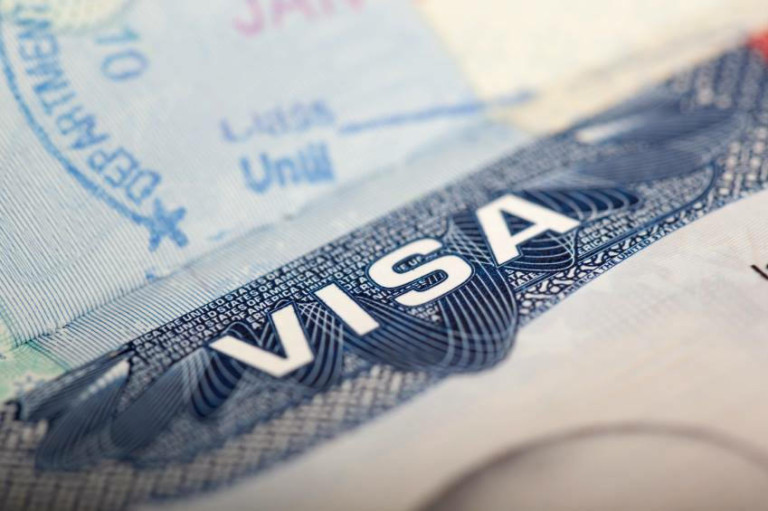Under the EB-5 Program, entrepreneurs are eligible to apply for permanent resident status (“green card”) if they: (1) make the necessary investment in a commercial enterprise in the United States; and (2) plan to create or preserve 10 permanent full-time jobs for qualified U.S. workers. The Immigrant Investor Program, also known as the Regional Center Program, sets aside EB-5 visas for participants who invest in commercial enterprises associated with regional centers designated by U.S. Citizenship and Immigration Services (USCIS). One advantage of the Regional Center Program is that the job creation requirement is easier to meet – direct, indirect and induced jobs count towards this requirement, whereas only jobs created directly by the enterprise (i.e. W-2 employees on the payroll) count for those going the non-regional center route.
The Regional Center Program has an imminent expiration date – December 8, 2017. The prevailing view is Congress is so focused on tax reform that there is insufficient time to address substantive changes to the Regional Center Program before December 8th, and there will be a short-term continuing resolution, perhaps through December 22, 2017. This would buy more time to address EB-5 reform – not just to the Regional Center Program, but to the EB-5 Program as a whole. We may well see proposed legislation to be released before the end of 2017, but proposed legislation is introduced all the time that never makes it through Congress and becomes law.
Proponents of EB-5 Program reform seek a number of changes, most notably:
- An increase in the minimum investment amount;
- A variety of measures aimed at improving the integrity of the EB-5 Program, especially with regard to management and oversight of regional center principals and activities; and
- A more restrictive definition of the Targeted Employment Area (TEA).
There is general agreement amongst legislators (and USCIS) that the minimum investment amount should be increased, but by how much is an open question. On the higher side, USCIS published proposed regulations in January 2017 that would increase the minimum investment to $1,350,000 in TEAs and $1,800,000 in non-TEAs. Others have lobbied to set the amounts at $925,000 for TEAs and $1,025,000 for non-TEAs. USCIS might not be inclined to pursue final regulations affecting the investment amount and other issues if Congress seems poised to pass new legislation that would render the regulations moot.
With regard to further changes to the EB-5 Program, there is also general agreement amongst legislators that increased oversight of regional center activities, background checks of principals, and other such measures to improve the integrity of the program will be of benefit to EB-5 investors, and will increase confidence in the program. Unfortunately, there does not appear to be enough support for legislation to provide more EB-5 visa numbers.
An area of intense disagreement amongst legislators and their constituents is how to define TEAs. Currently, there is a fairly liberal system in place, whereby USCIS defers to the States’ designation of TEAs based on high unemployment. Some proposed legislation in recent years has focused on USCIS re-taking control of TEA designations, narrowing the definition of TEAs based on high unemployment areas, and reducing the possibility of projects in well-to-do areas to qualify as TEA projects through the popular system of averaging the unemployment rates from surrounding census tracts.
Proposed legislation also includes a set-aside of visas – perhaps a few thousand – to be reserved for those investing in non-luxury rural or urban distressed projects. While the set-aside would be a boon for backlogged investors, some have argued that the set-aside categories will become oversubscribed quickly as well, and will only serve to worsen the general backlog.
If the Regional Center Program is not renewed before expiration, the effect of the lapse in law on pending and approved immigration petitions and applications is unknown. In the past when renewal was expected, USCIS indicated that during a gap period it would reject new I-526 petitions and hold pending I-526 petitions and associated I-485 applications “in abeyance” for an indeterminate period of time until Congress renewed the Regional Center Program. With respect to the visa process, in the past the U.S. State Department announced that it would issue regional center-based EB-5 immigrant visas until the close of business on the sunset date. Finally, with respect to admission to the United States, in the past, U.S. Customs and Border Protection (CBP) announced that it would admit EB-5 immigrant visa holders after the sunset date during the full validity period of the immigrant visa. The respective U.S. government agencies may not follow the same procedure this time. However, this point may become moot, as it is unlikely Congress will allow the Regional Center Program to lapse.

